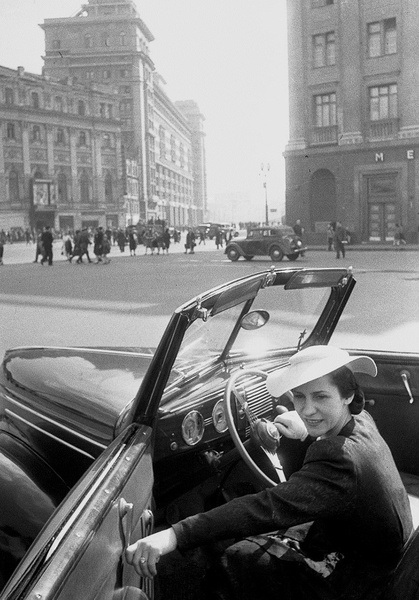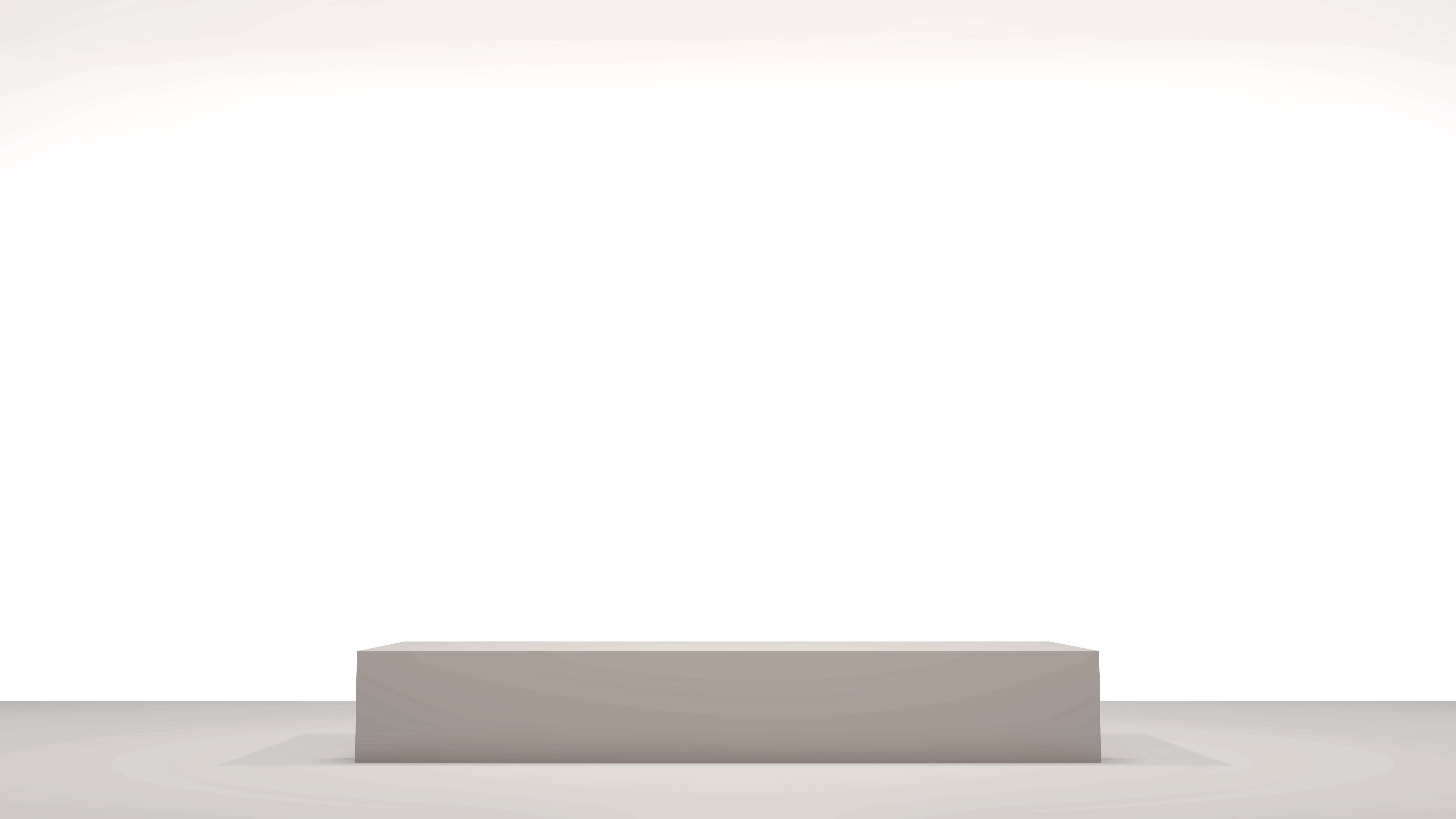Ballerina Olga Lepeshinskaya
Mikhail Trakhman (1918-1976) was born in Moscow in 1918. After leaving school, he began working at a newsreel studio and at the same time studying courses in the speciality of «assistant operator». Since 1938, he became a photojournalist for Teacher’s Newspaper, and in 1939 he was drafted into the army and participated in the Soviet- Finnish War.
During World War II, Mikhail Trakhman worked as a photographic reporter for the Sovinformburo. His primary instrument was the famous Watering can camera, but often military weapons fell into his hands. He shot in the besieged Leningrad, in Pskov and Belarus, participated in the liberation of Poland and Hungary. His photographs from the partisan series made in the rear of German troops are best known. In his diaries, he wrote: «I shoot a lot, although I know that 80% of the shot will go to the trash can, but you need to shoot because such things happen once in a lifetime.» Mikhail Trakhman was awarded the Order of the Red Star and the medals «For the Defense of Leningrad» and the «Partisan Medal», which he especially valued.
After being demobilized from the army, from 1946, Mikhail Trakhman worked as a photojournalist in the «Ogonyok» magazine, from 1949 to 1957 in the publishing house of the All-Union Agricultural Exhibition (VDNKh USSR), and then in the Soviet Screen magazine. It was during these years that he creates portraits of film actors, which are sold in considerable editions in the form of photographic postcards, which were collectable for many. From 1959 to 1976, Mikhail Trakhman was a special correspondent for Literary Newspaper.
In the 1960s on the instructions of the Literaturnaya Gazeta, Mikhail Trakhman goes to Leningrad. In the winter of 1941-1942, he shot a report on the besieged Leningrad. Now he takes pictures of the city slowly, calmly. Nevsky, Palace Square, Rostral Columns — all the iconic places of the favourite city.
During work, he went on business trips to the Soviet Union and abroad. The result of these trips was a lot of exhibitions and 14 photo albums, which he published together with Yuri Nagibin, Andrey Voznesensky, Elena Rzhevskaya. Today, these albums have become a bibliographic rarity.
Photos of Mikhail Trakhman are included in many museum and private collections and have become integral exhibits of photographic exhibitions dedicated to the USSR.
 30
40
30
40


Submit an application
We will inform you about the availability of the product by phone after checking


